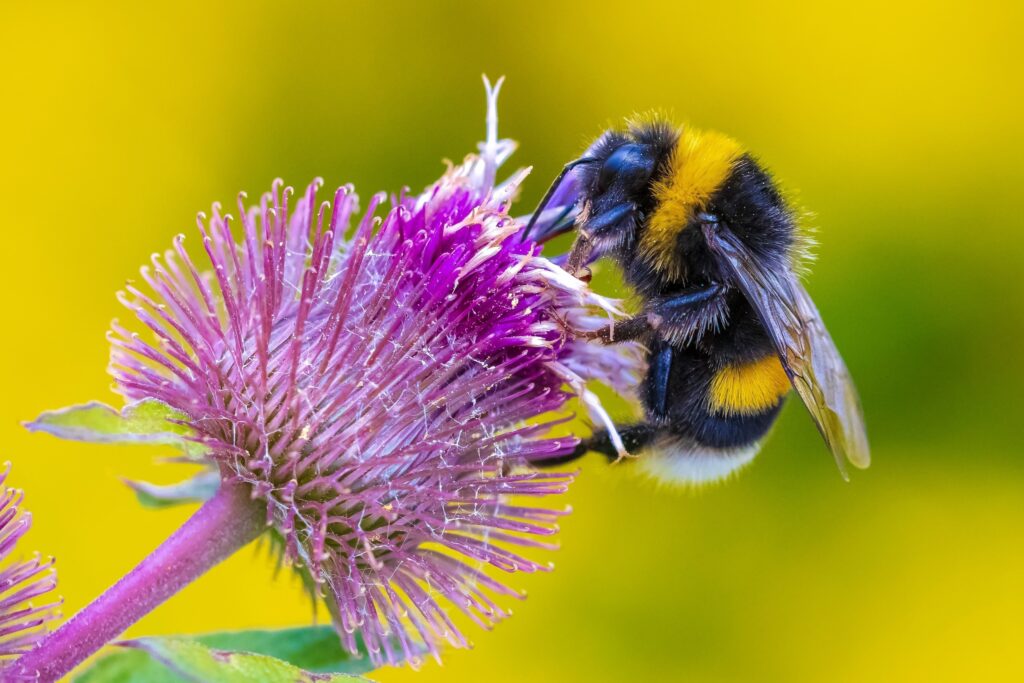Education
What are 6 ways plants help the environment?
Plants are not just aesthetically pleasing additions to our landscapes and homes; they play a crucial role in maintaining the health and balance of our environment. Here are six significant ways plants contribute to the well-being of our planet:
1. Air Purification
Plants act as natural air filters, absorbing pollutants such as carbon monoxide, sulfur dioxide, and nitrogen dioxide from the atmosphere. Through the process of photosynthesis, plants take in carbon dioxide and release oxygen, providing us with the fresh air we need to breathe. Indoor plants can also help remove toxins from the air, improving indoor air quality and promoting better health.
2. Climate Regulation
Forests and other plant ecosystems play a vital role in regulating the Earth’s climate. Plants absorb carbon dioxide, a major greenhouse gas, and store it as biomass in their leaves, stems, and roots. This process, known as carbon sequestration, helps mitigate the effects of climate change by reducing the amount of carbon dioxide in the atmosphere. Additionally, plants release water vapor through transpiration, which contributes to cloud formation and precipitation, further influencing weather patterns.
3. Soil Health and Erosion Control
Plants contribute to soil health by adding organic matter and nutrients through leaf litter and root decay. The root systems of plants help bind soil particles together, reducing erosion and preventing soil degradation. This is especially important in agricultural settings, where healthy soil is essential for crop production. Plants also improve soil structure, which enhances water infiltration and retention, promoting a more sustainable and resilient ecosystem.

4. Water Cycle Support
Plants play a crucial role in the water cycle by absorbing water from the soil and releasing it into the atmosphere through transpiration. This process helps regulate humidity levels and maintain local and global water cycles. Forests, wetlands, and other vegetated areas act as natural water filtration systems, reducing runoff and improving water quality by filtering out pollutants and sediments before they reach rivers, lakes, and oceans.
5. Habitat and Biodiversity
Plants provide essential habitats and food sources for a wide variety of wildlife, supporting biodiversity. Forests, grasslands, wetlands, and other plant-rich ecosystems are home to countless species of animals, insects, and microorganisms. The presence of diverse plant species ensures the stability and resilience of ecosystems, allowing them to withstand environmental changes and recover from disturbances such as wildfires and storms.

6. Pollination and Food Production
Flowering plants play a crucial role in the reproduction of many crops and wild plants through the process of pollination. Bees, butterflies, birds, and other pollinators rely on plants for nectar and pollen, and in return, they help plants reproduce by transferring pollen from one flower to another. This symbiotic relationship is essential for food production, as many of the fruits, vegetables, and nuts we consume depend on pollinators for successful harvests.
Conclusion
The importance of plants to the environment cannot be overstated. They purify our air, regulate climate, protect soil and water resources, support biodiversity, and play a crucial role in food production. By understanding and appreciating the vital functions plants perform, we can better protect and preserve these natural allies, ensuring a healthier and more sustainable future for all living beings.
